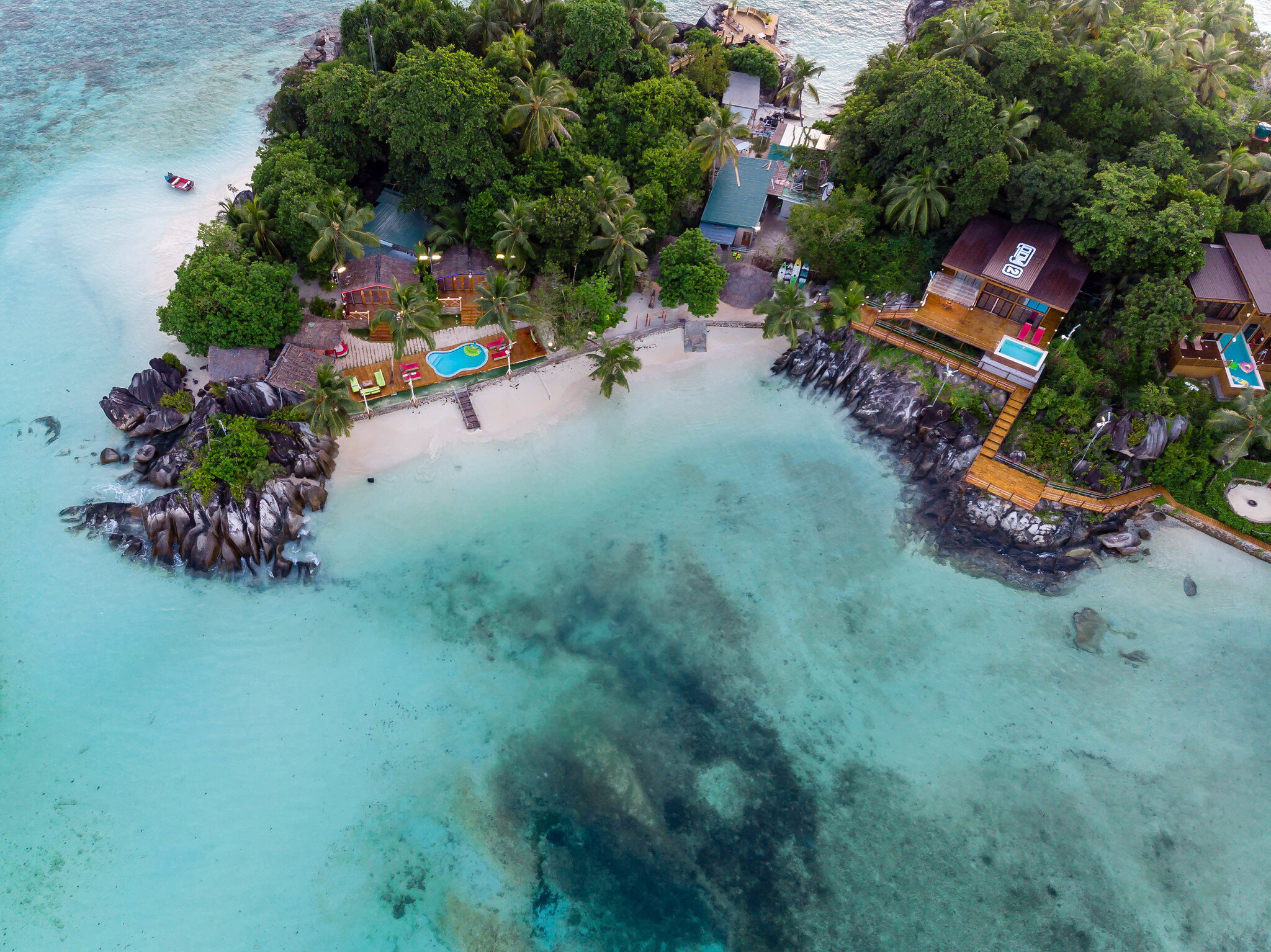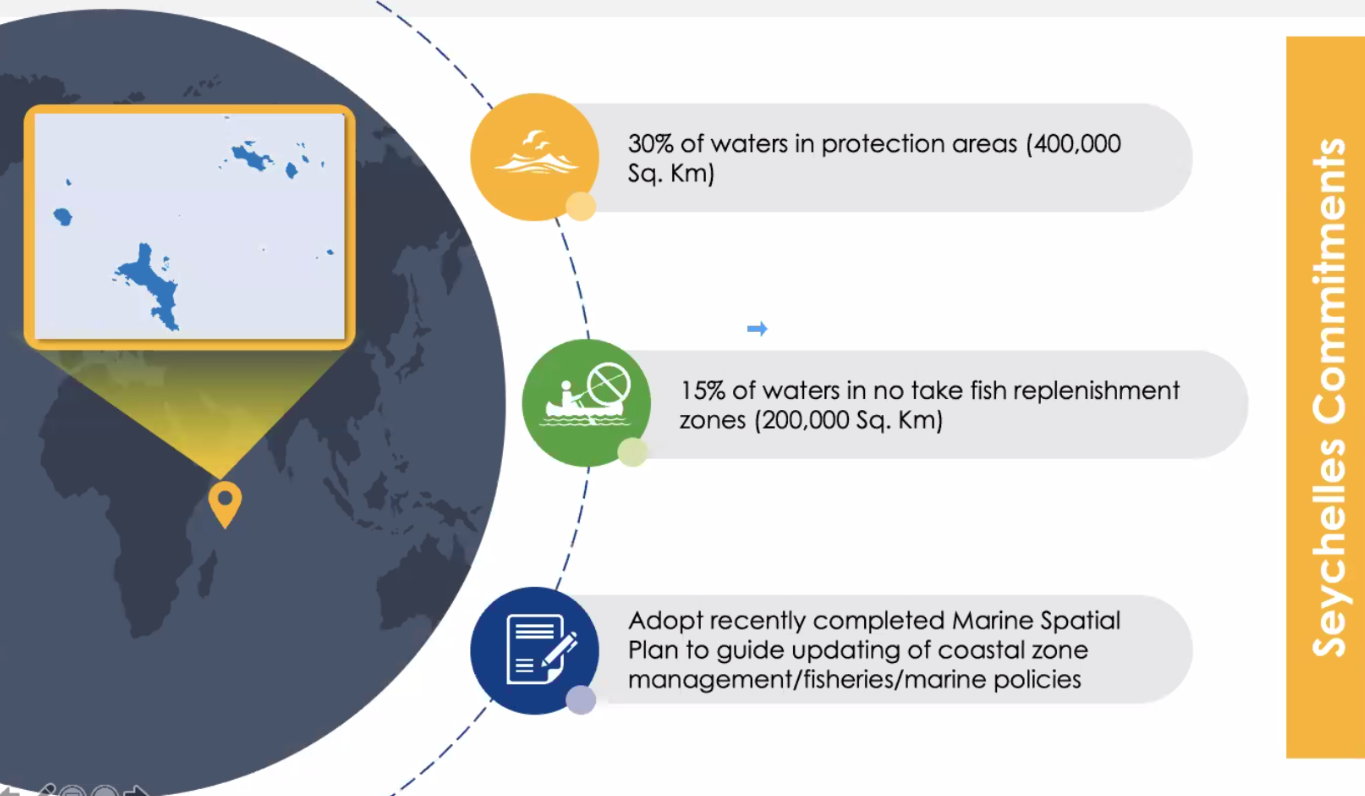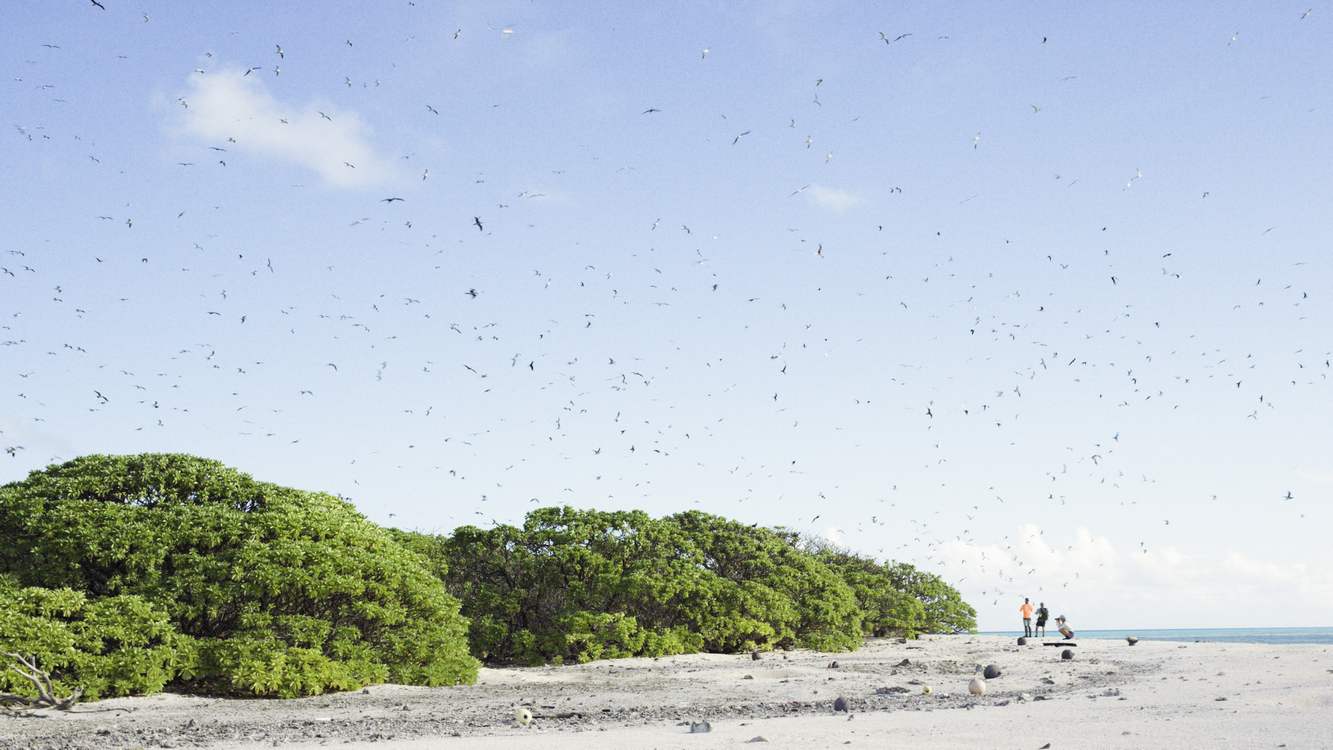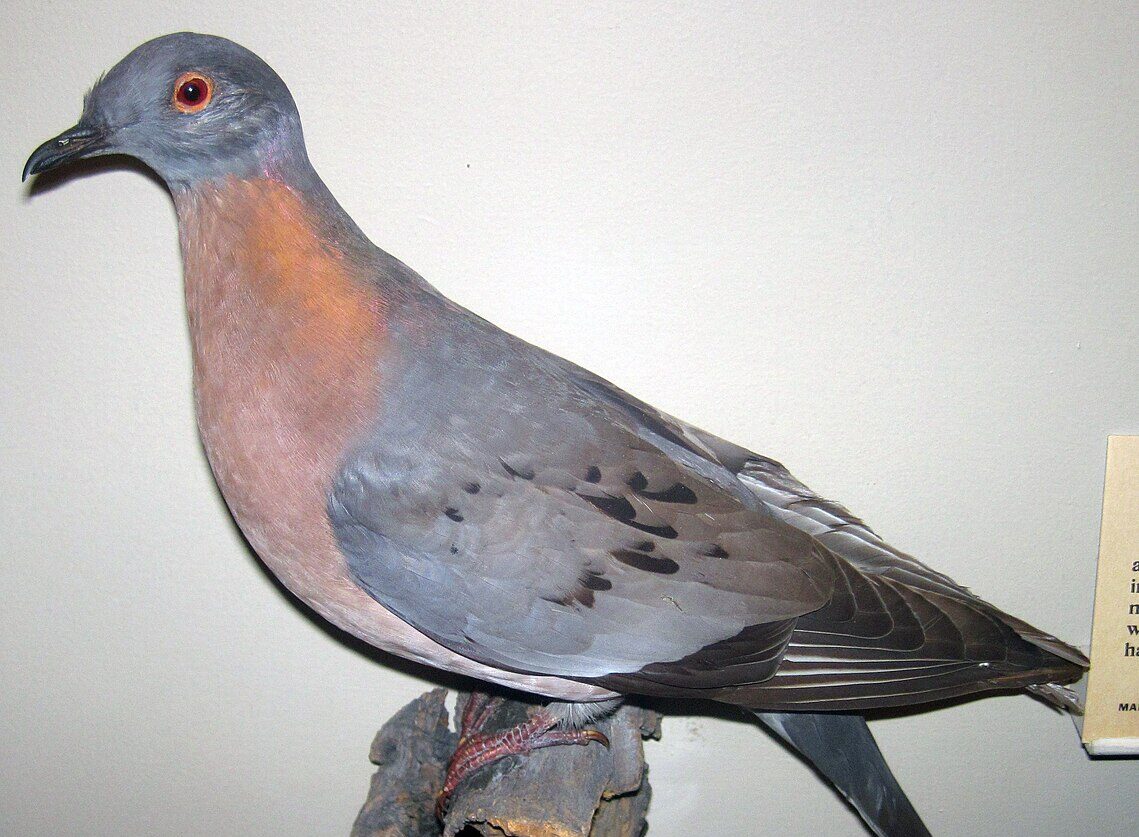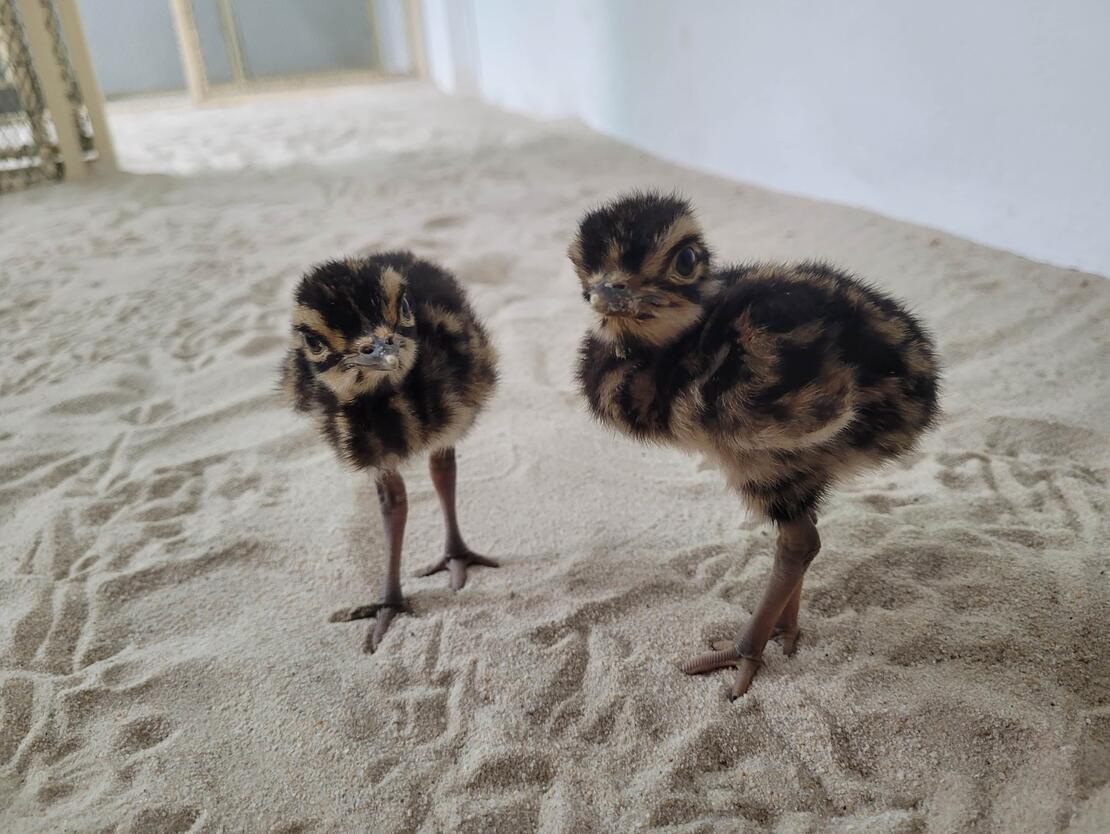A new report from the International Union for the Conservation of Nature finds conservation in Africa is in need of far more sustainable sources of finance for its protected areas (PAs). Not only has Africa experienced a growth in the number of PAs this century, but in the cost of maintaining them as well.
Despite the savannahs, jungles, deserts, lions, gorillas, and elephants, a gap exists between financing for environmental protection, management, and conservation work on the environmentally diverse and extraordinary continent compared with others.
The report, entitled “Closing the Cap,” details some of the strategies used by various nations in Africa to create more resilient and robust funding sources, from government bonds, to enhanced ecotourism opportunities, and was presented as a sort of best practices to help less-successful African nations achieve greater stability for conservation funding.
The challenge of conservation
Over the past four decades there has been a ten-fold increase globally in the number of PAs listed by the United Nations (UN), with over 104,000 PAs reported in 2004, and 242,423 PAs in 2019. Around 17% of terrestrial territory in the 24 southern and eastern African countries that were featured in the report was classified as a Protected Area, and around 6% of marine territory.
However, managing costs are growing for PAs in Africa, and the report details two studies which aimed to estimate the average costs of managing unfenced game reserves or parks which contain wide-ranging animals. If only herbivores were present, the cost could be as high as $900 per square kilometer, and if the territory contained lions, the cost could be as high as $2,000 per square kilometer.
This is a tremendous challenge for a country like Kenya, that has 48,000 square kilometers of PAs. In the southern African country of Zambia this management and staffing expense has resulted in an annual wage bill of around $12 million U.S. dollars, while the relevant national conservation authorities only acquire, from government and from tourism sources, around $4.6 million a year.
Wildlife Management Areas are another method to manage PAs that don’t rely on government funding, but are normally conservation areas managed by local consortiums or communities. Based on the examination in the report, however, most WMAs make between $2,000 and $90,000 per year, but on average cost anywhere from a quarter million to half a million dollars to operate, this model doesn’t provide a picture of stable finances either.
Case study for ecotourism: Rwanda
Rwanda has emerged from its troubled history as a continental leader in the fields of conservation, ecotourism, and sustainable management of PAs. This has been done, according to Belise Kariza, Chief Tourism Officer of the Rwanda Development Board, by expanding out from their famous National Park of the Virungas, last stronghold for the world’s mountain gorilla population, and diversifying their tourism opportunities.
According to Kariza, speaking at a online seminar on Rwanda’s progress in “Closing the Cap,” 45% of all tourism revenue in neighboring Uganda, comes from gorillas. When combined with chimpanzee watching opportunities, the two apes account for 60% of all the money from tourism in Uganda. If something were to happen to the populations of animals, or to the travel or airline opportunities – a war maybe, or in this case COVID-19, the likely outcome is that all of that revenue is gone.
In Rwanda’s Akagera National Park, there were once packs of wild dogs like nowhere else on earth, and that might have been at one time a valuable asset for ecotourism. Tragically, an epidemic wiped every last one of them out, and their absence serves as a reminder of the fragility of ecosystems.
“54% of all tourism revenue was lost during the first months of COVID-19”
PICTURED: Volcanoes National Park Rwanda. Photo credit: Nina R. CC 2.0.
Rwanda has expanded out of game drives and hikes to see the gorillas, and into other avenues such as canopy walks and birdwatching in Nyungwe National Park. Increased revenue allowed for more funding towards conservation that helped re-establish, over the twenty-teens, a Rwandan population of lions in Akagera National Park, which resolidified Rwanda as a carrier of the “Big 5” African mammals – lion, leopard, buffalo, rhino, elephant.
The steady work of Rwanda Development Board and its partners created leisure travel revenues of $438 million in 2017, which was up from $390 million made in the previous year and represents 14% of the GDP of the country.
Furthermore, development contracts in local communities surrounding the PAs in Rwanda have resulted in over $5 million going to secure water and sanitation, electricity, and more in neighboring towns and villages, resulting in a better appreciation among locals of the value of national parks, and a precipitous drop in poaching.
Money from the parks has also been able to go to secure other PAs, says Kariza, including marshes and wetlands, and protect other species such as the gray-crowned crane.
54% of all tourism revenue was lost during the first months of COVID-19, while the arrival of the virus on the African continent and the worsening of conditions in much of the rest of the world meant that April saw not a cent arrive.
As successful as the tourism model in Rwanda has been, perhaps more is needed to close the cap. If there were a way to secure money during lean times or during disruptive regional events like war, famine, epidemics, etc., Africa PAs would be in a much better place and could better plan for the future.
“In exchange the government promised to designate 30% of territorial waters – around 40,000 square kilometers, or the same size as Great Britain, as marine protected areas”
PICTURED: Aerial view of L’Islette, The Seychelles. Photo credit: Marco Verch. CC 2.0.
The Seychelles and their “Blue Bond” model
The small island nation of the Seychelles (pronounced “Say-Shells) has looked more towards sustainable financing for conservation through financial markets and investments rather than tourism for the sake of its conservation needs.
Conservationists organized a “Debt for Nature,” program, whereby if private investors and donors could secure money to give as a loan for the purpose of helping pay off some of the outstanding debt of the government of the Seychelles, a percentage of the loan repayments would be used to finance conservation and climate-mitigation projects.
Debt for Nature programs have been used across the world since 1987, and have been the source cumulatively of over a billion U.S. dollars in conservation funding.
The project was a success, and was achieved by securing a loan from the Nature Conservancy, one of the largest conservation organizations in the world, and others including the Leonardo Dicaprio Foundation, worth around $21 million in total.
The other conditions for the loan were that the government had to designate 30% of territorial waters – around 40,000 square kilometers, or the same size as Great Britain, as marine protected areas (MPAs) and another 15% of water as no-take fish stock recovery zones.
Future debt repayments from the government would be placed into a trust called SeyCCAT (Seychelles Conservation and Climate Adaptation Trust). Interest rates on debt payments to SeyCCAT are around three-times lower than world-averages – about 4%, and all accumulated savings are administered by SeyCCAT as grant financing for conservation and climate adaptation projects for fisheries and PAs.
On March 26th, the government of Seychelles held to their end of the bargain, and finished designating all 400,000 square kilometers of MPAs, proving that their model is already immune to COVID-19.
Funding for conservation, as the report aptly demonstrates, is lacking in eastern and southern Africa, but Rwanda’s tourism model for generating revenue from consumer goods (vacations) and the Seychelles’ from producers goods (investments) offer avenues that African nations looking to better finance their PAs might go down – especially since COVID-19 has highlighted the fragility of the global economy, and the tourism industry in particular.



